- info@advinno.com
- Mon - Fri: 9.00 am - 6.00 pm
We are creative, ambitious and ready for challenges! Hire Us
We are creative, ambitious and ready for challenges! Hire Us
We have 20+ years of experience in delivering superior and innovative products
22, Sin Ming Lane, #05-75 Midview City Singapore 573969
info@advinno.com
(+65) 6777-2240 / 6570 6086
FDTD is the gold-standard for modeling nanophotonic devices, processes, and materials. This finely-tuned implementation of the FDTD method delivers reliable, powerful, and scalable solver performance over a broad spectrum of applications. The integrated design environment provides scripting capability, advanced post-processing, and optimization routines – allowing you to focus on your design and leave the rest to us.
FDTD is a simulator within Lumerical’s DEVICE Multiphysics Simulation Suite, the world’s first multiphysics suite purpose-built for photonics designers. The DEVICE Suite enables designers to accurately model components where the complex interaction of optical, electronic, and thermal phenomena is critical to performance
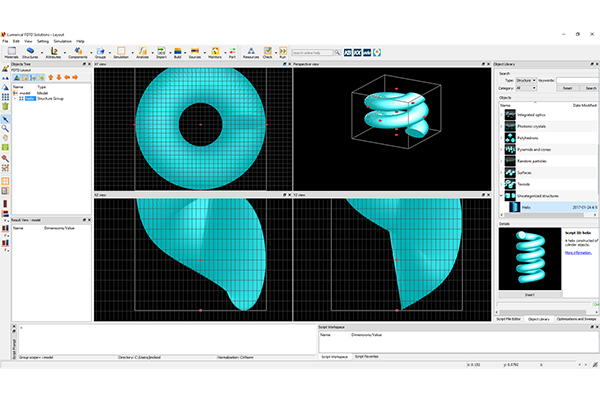
3D CAD Environment and parameterizable simulation objects allow for rapid model iterations.
Uses multi-coefficient models for accurate material modeling over large wavelength ranges.
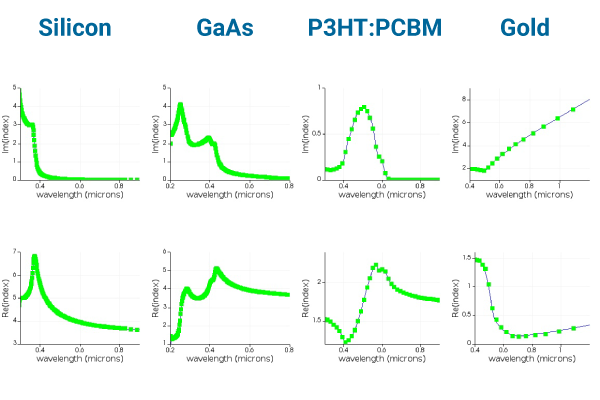
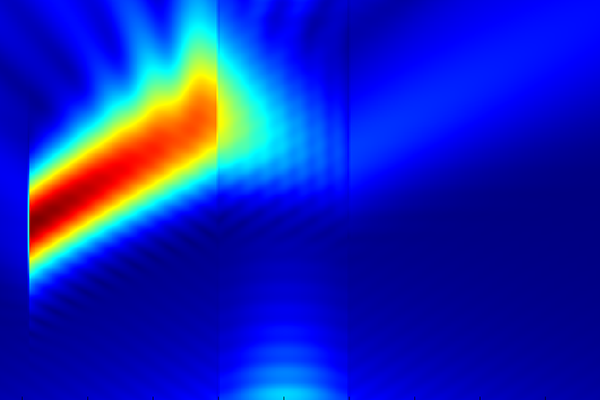
Simulate devices fabricated with nonlinear materials or materials with spatially varying anisotropy.
Powerful post-processing capability, including far-field projection, band structure analysis, bidirectional scattering distribution function (BSDF) generation, Q-factor analysis, and charge generation rate.
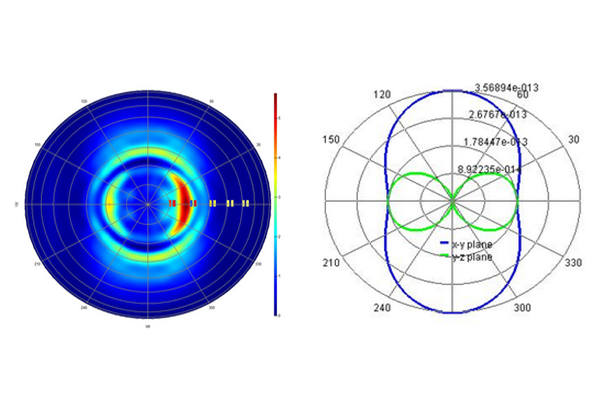
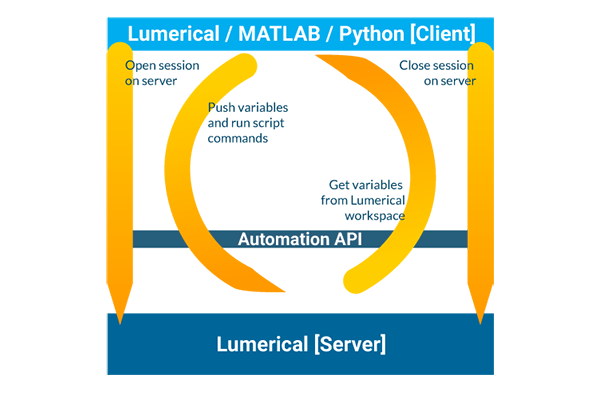
FDTD is interoperable with all Lumerical tools through the Lumerical scripting language, Automation API, and Python and MATLAB APIs.